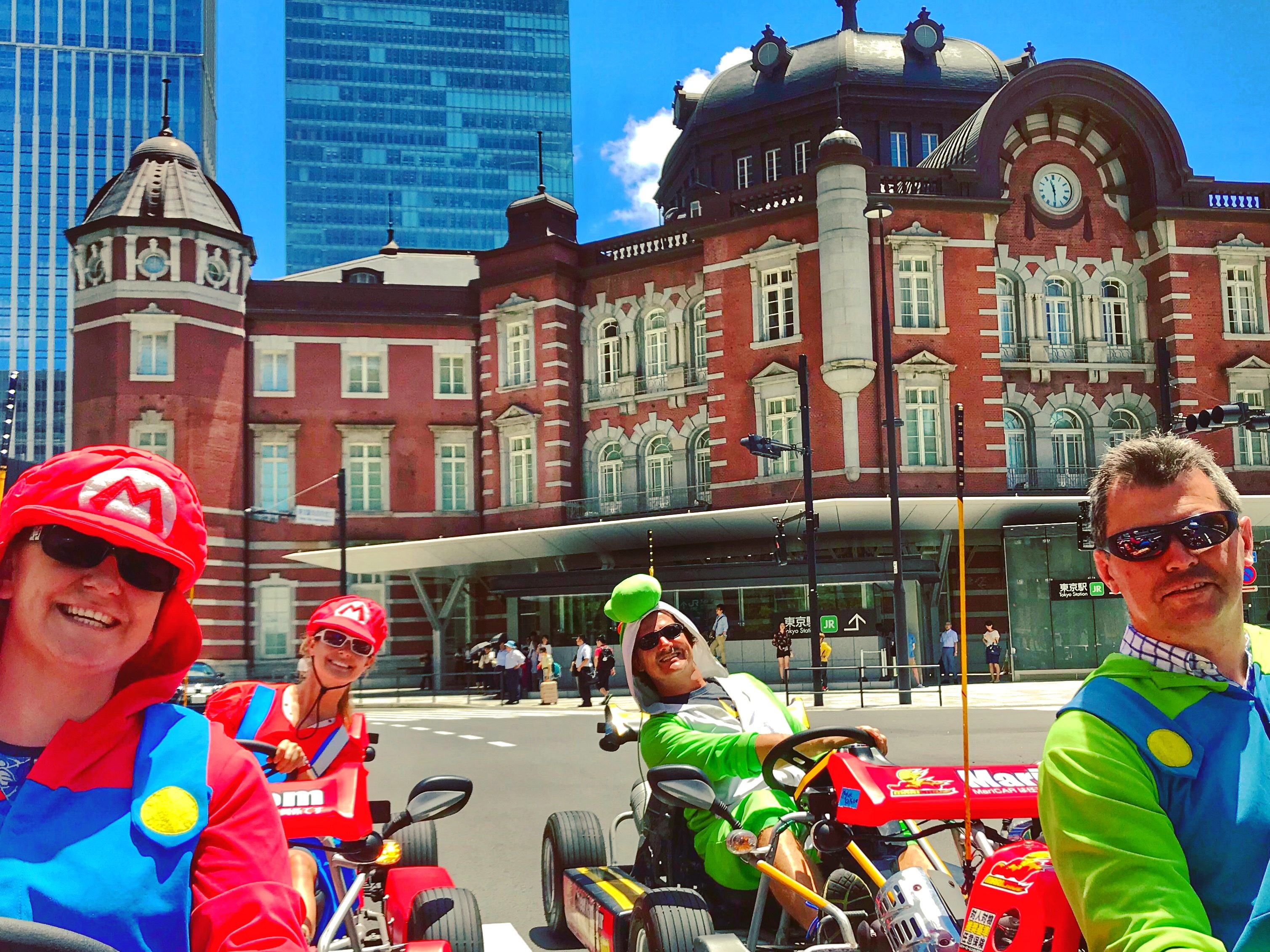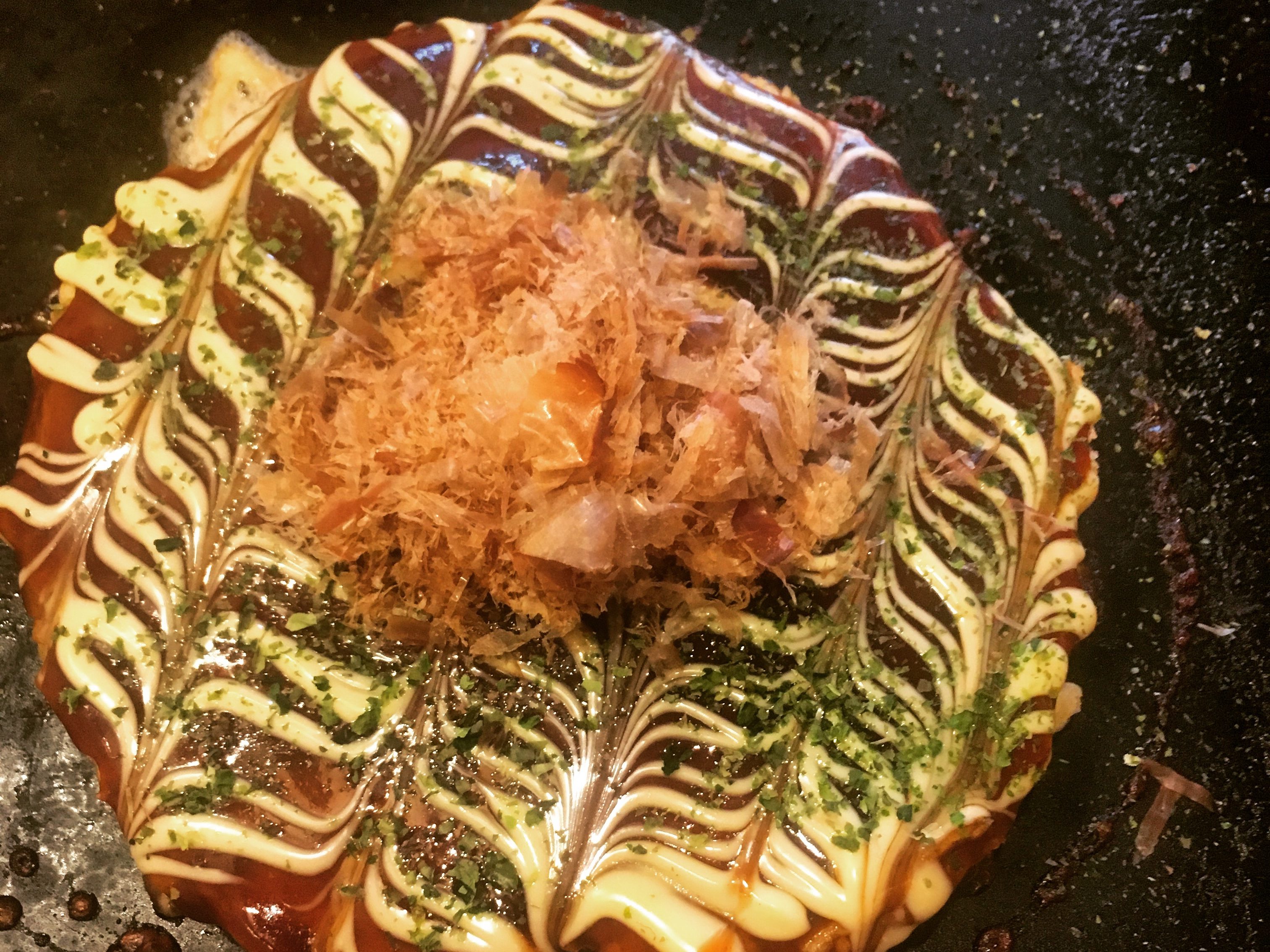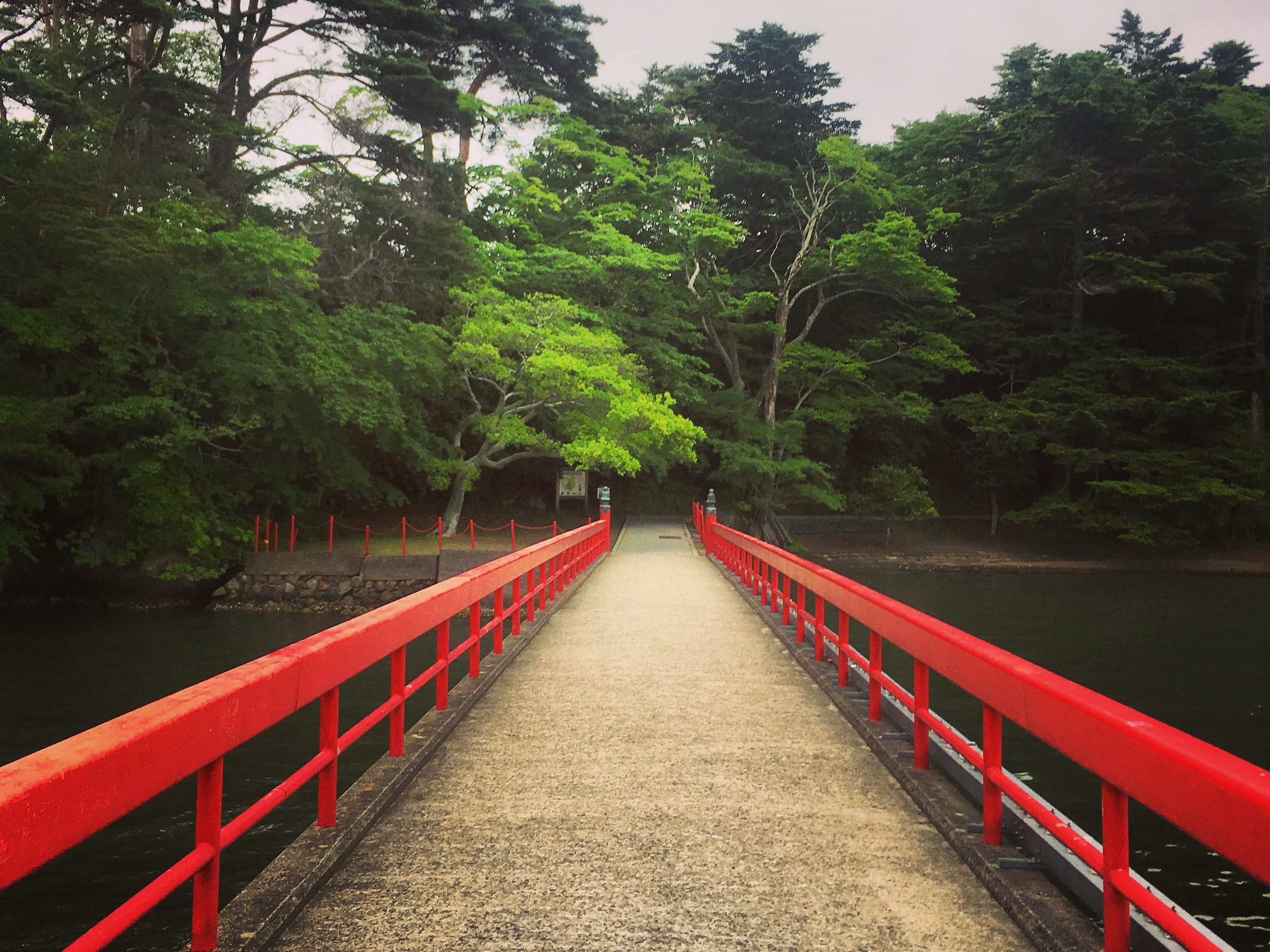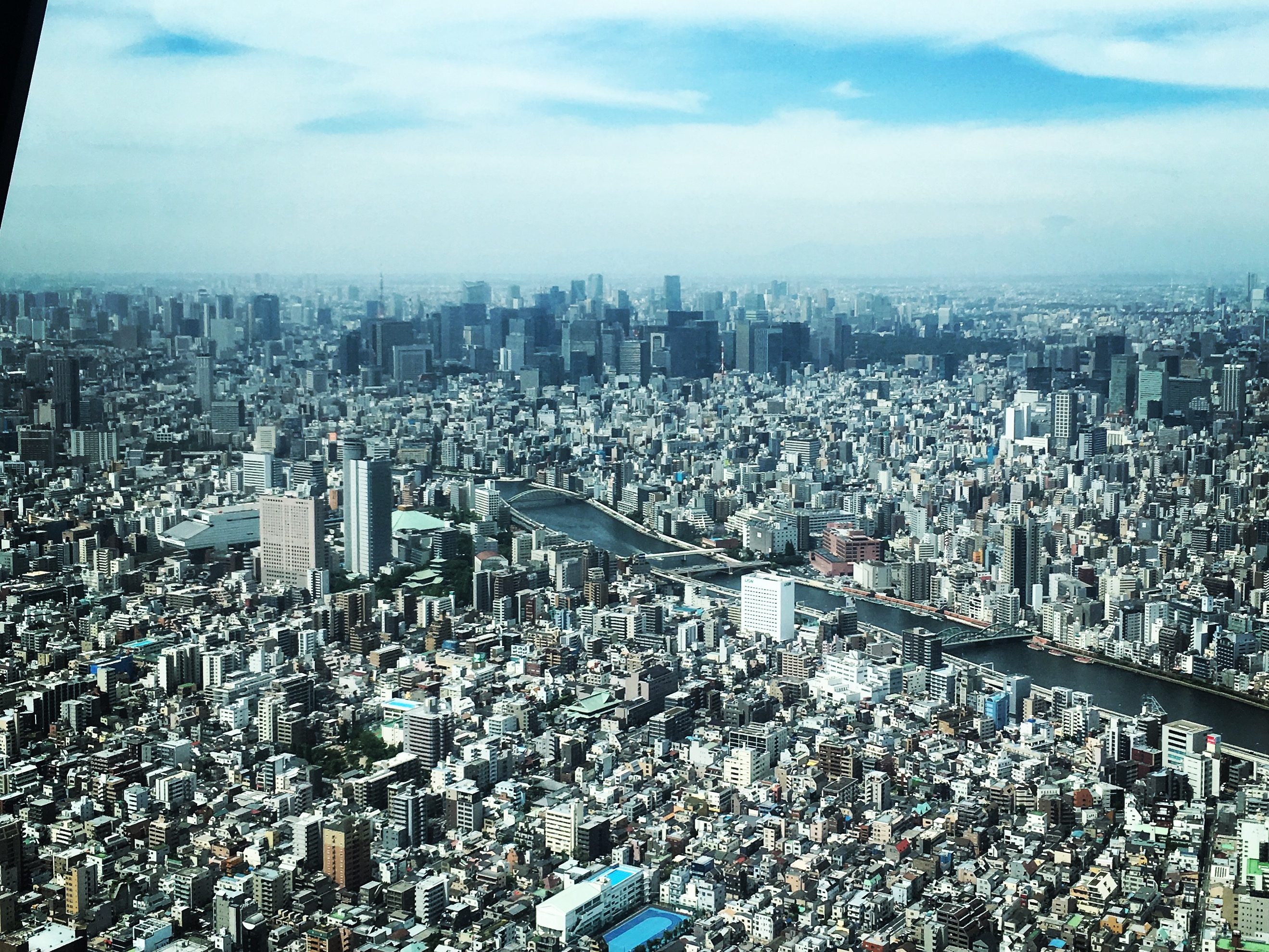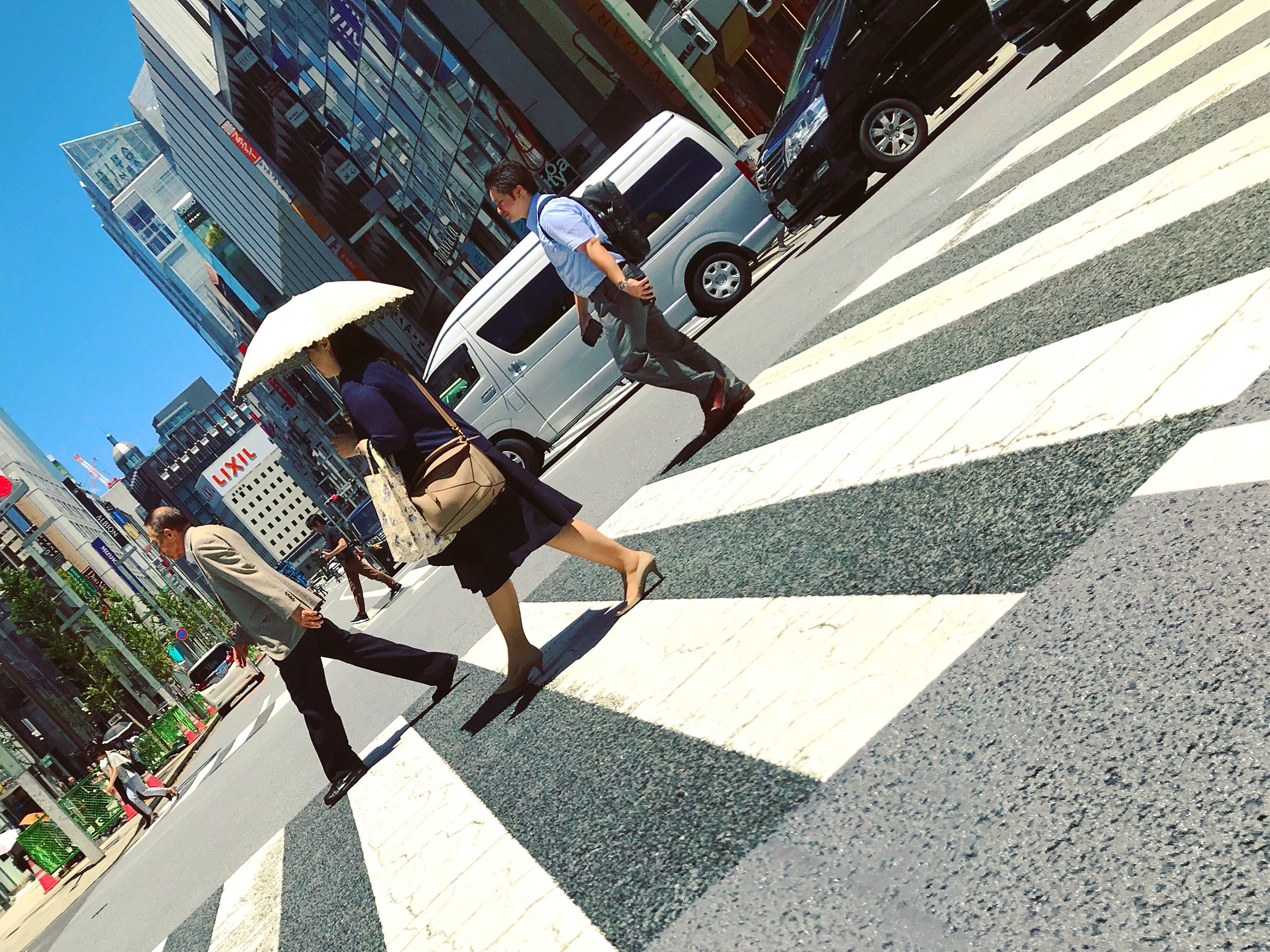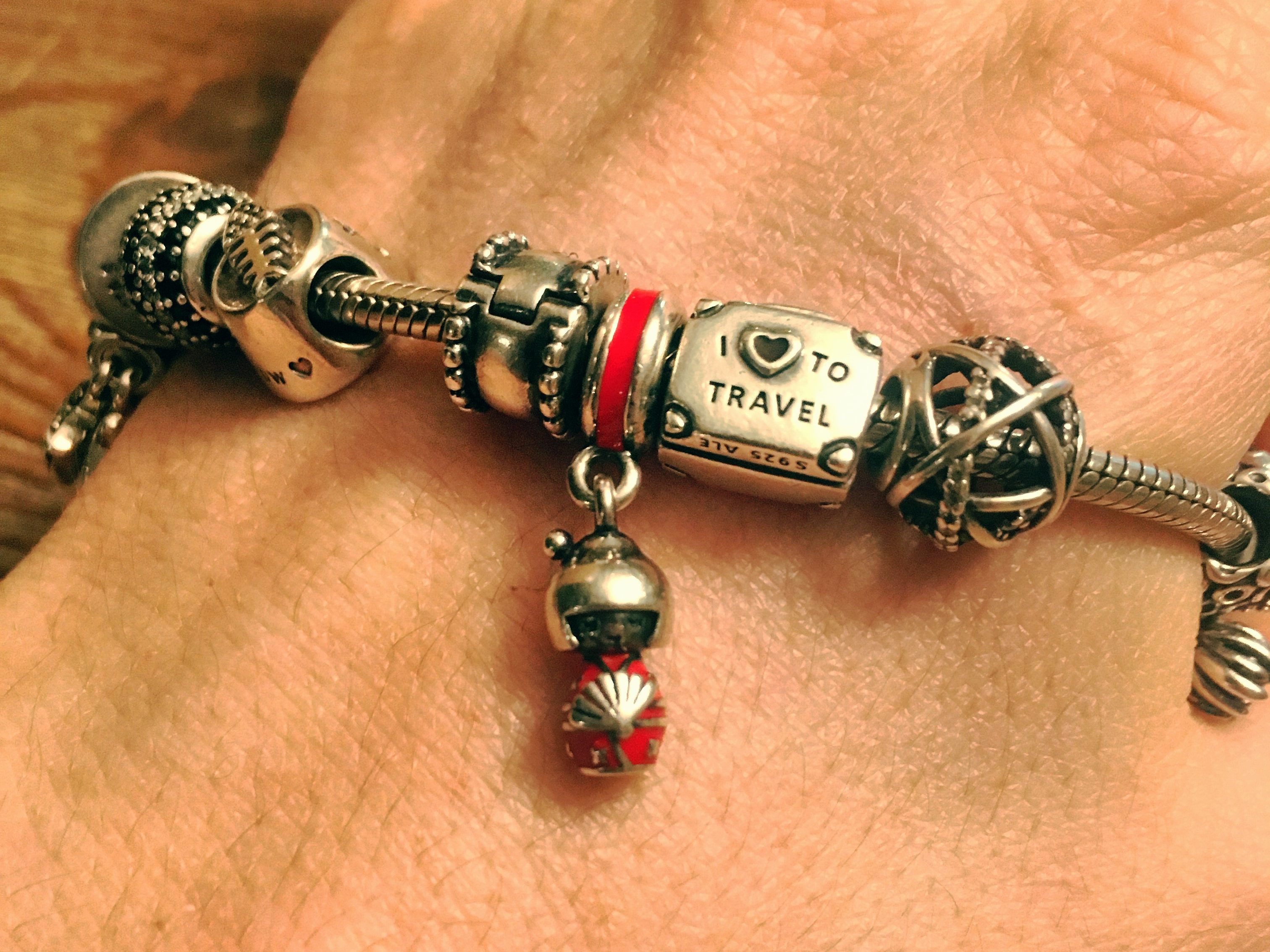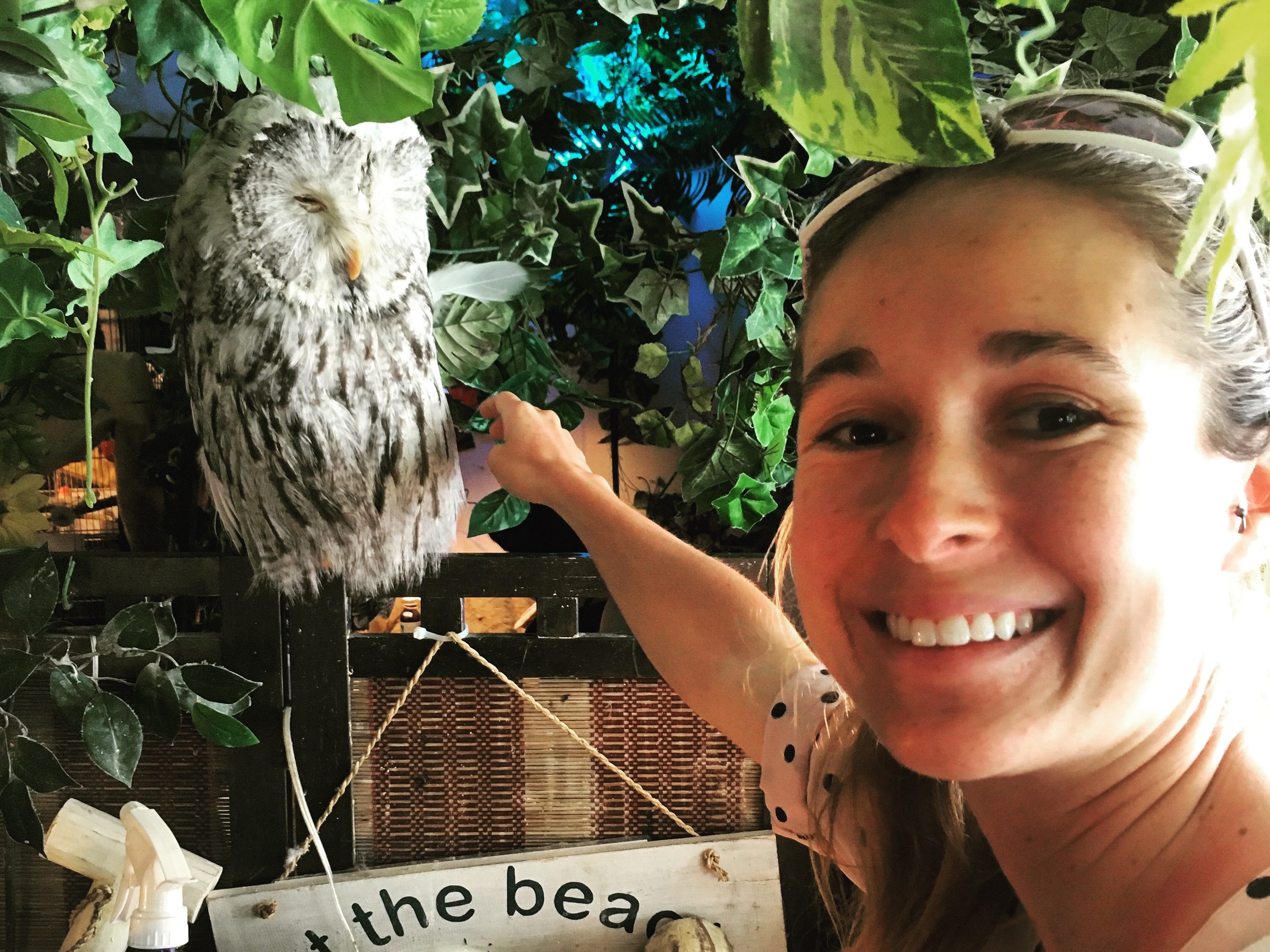
Japan Day 22 (Part II) – Akihabara, Tokyo
When our MariCar tour was over, Fletch and I were both feeling pretty hungry from all the adrenalin and excitement. Most of the restaurants in Akihabara were advertising either pasta dishes (the Italian type) or random fried foods. A few times we even passed by a massive dessert served inside an entire loaf of white bread. It was all novelty to look at, but none of it was screaming eat me! Finally we found a 24-hour seafood joint. I know what you’re thinking, 24-hour raw fish sounds a little sketchy, but it was either that or the giant loaf of bread stuffed with a year’s worth of sugar.
We ordered two heaping bowls of chirashi (sashimi scattered over a bowl of vinegar rice, so basically disassembled sushi) and it wasn’t the least bit sketchy. In fact, I would go so far as to recommend the place if you are ever in Akihabara and looking for a meal that isn’t fried. The restaurant was called Isomaru Suisan. Bonus: you can go at all hours of the night!
After lunch we ventured over to a 7-story shop called M’s to take a peek at some of Japan’s less-talked-about culture. I’ll let you look up that one on your own if you’re over the age of 18. Enough said? Enough said.
Now that it was midday, the streets were alive with spectators and girls dressed in costumes, advertising for their shops. One girl was holding an owl to try and lure people over to an owl cafe. It worked.
I think everyone is aware of cat cafes by now; places where you can go sit and sip coffee while playing with a roomful of cats. In more responsible areas, these kitties are usually up for adoption. The cafe trend (sans adoption) originated in Japan, where people live in spaces too tiny to even think about owning a pet. Cat cafes were born as a way for busy city dwellers to be able to spend some time with cuddly, fluffy animals, without having to worry about taking care of them. What you may not know, is that the idea has spread to other animals as well. Now you can visit bunny cafes, bird cafes, hedgehog cafes, snake cafes, and even a penguin bar (that last one I only just discovered as I was writing this). After our questionable experience at the cat cafe in Kyoto, we weren’t going to search out any more of these, but the cute little owl sitting on the girl’s hand made us walk around to the back of the building and up a few floors to where Owl no Mori was located. The owl made us do it!
I consoled myself with the fact that I have no idea how owls normally behave, and so I would be blissfully ignorant if anything odd was afoot. That sounds even worse when I put it like that. My view of animal cafes was torn after the cat cafe. On one hand, they’re being looked after and doted upon like family members right? But on the other hand, they would never behave like that in the wild, or even in a household.
We entered a space that was dimly lit and filled with vegetation, so that it felt as though we were in a jungle. There were instructions on how to interact with the owls, benches to sit and observe, a corner sectioned off where you could sign up for a chance to hold an owl and get your photo taken, a few random fish tanks with interesting aquatic species, and mostly there were owls, dozens and dozens of stout birds with soft feathers and inquisitive eyes. We slowly made our way around the small space and met all the owls. There were barn owls, and snowy owls; tawny owls, and owls whose names I did’t even know, because all of my knowledge of owls came from reading Harry Potter. Some of the animals had little signs that it was ok to pet them. Others said not to touch. All the owls were tethered to their own little stations to prevent them from flying around and disturbing their neighbors (or plotting their escapes).
An owl that looked like a great horned owl was sitting on a perch with a floor fan ruffling his feathers upwards, giving him the appearance of wearing a skirt. The image reminded me of that famous photo of Marilyn Monroe’s iconic flying skirt. He just sat there, getting his feathers ruffled, the picture of contentment.
There were three snowy owls in the room, the most gorgeous of all the species of owls in my humble opinion. One of them said not to touch, but a second one was friendly. He looked a little special in the face but seemed to like me well enough, because as I softly stroked his feathers, he decided to stand on one leg like a flamingo, a sign of relaxation according to a placard on the wall. (This was more feedback than I had received from any of the cats).
| This was the “do not touch” snowy. |
We had paid $10 for an unlimited amount of time and a free drink. Not limiting the time was nice, because the smell kicked us out of there before too long.
We made our way back to the train station and I found a produce stand set up at the bottom of an escalator. I pounced on some blueberries and peppers, super excited to see all the fresh fruits and veggies just sitting there, calling my name.
We rode the train back to Shibuya and walked the infamous, namesake scramble. The Shibuya Scramble, or Crossing, is as iconic to Tokyo as Times Square is to New York City. It is a seven-way intersection at which all the traffic lights turn red at once, allowing pedestrians to cross in every direction simultaneously. With an estimated 3000 people crossing each time the lights change, it is said to be the busiest intersection in the world. The guide books will tell you that the ideal vantage point is from the Starbucks on the second floor facing the intersection. Those guide books would be incorrect, as that Starbucks doesn’t even have standing room anymore. Good luck getting anywhere close to the window. It’s best to just cross with everyone else and embrace the lively chaos.
When evening fell and hunger struck, Fletch and I opted to just walk around to see what we could find. Shibuya was full of noodle shops, and we were in the mood for something a little more substantial. Every restaurant that peaked our curiosity seemed to have a line wrapped around the block though. Apparently no one else was in the mood for vending machine noodles either.
We finally found a Chinese shop that had a savory looking eggplant dish. From the plastic display in the window, I hand’t noticed that it came with minced pork, so even though I knew what I wanted, I spent several minutes trying to look up the words to ask for no pork. You’d think I’d remember something that basic. To return the favor for my failed attempt at Japanese, the waiter managed to deliver the English words “no meat” along with my meal. We were both satisfied with our level of communication.
The meal was perfection, just like every other morsel we had tasted during our trip. The eggplant was perfectly cooked. It wasn’t overcooked to the point of being mush, and yet cooked enough that the bitter flavor and grainy texture were gone. I’ve yet to figure out that sweet spot when cooking eggplant, and I used to make a lot of it. Then again, if you are a chef cooking a certain dish in Japan, you have probably spent your entire life perfecting that one dish.
When we returned to the hotel, it was to find the small bar area blasting techno music and trying to rev up a vibe that just wasn’t there yet. They were obviously trying to turn it into a happening spot, but being a fairly new establishment, it lacked much life beyond the bartender and a guest or two. Tempting as the scene was, we opted to call it a night.


